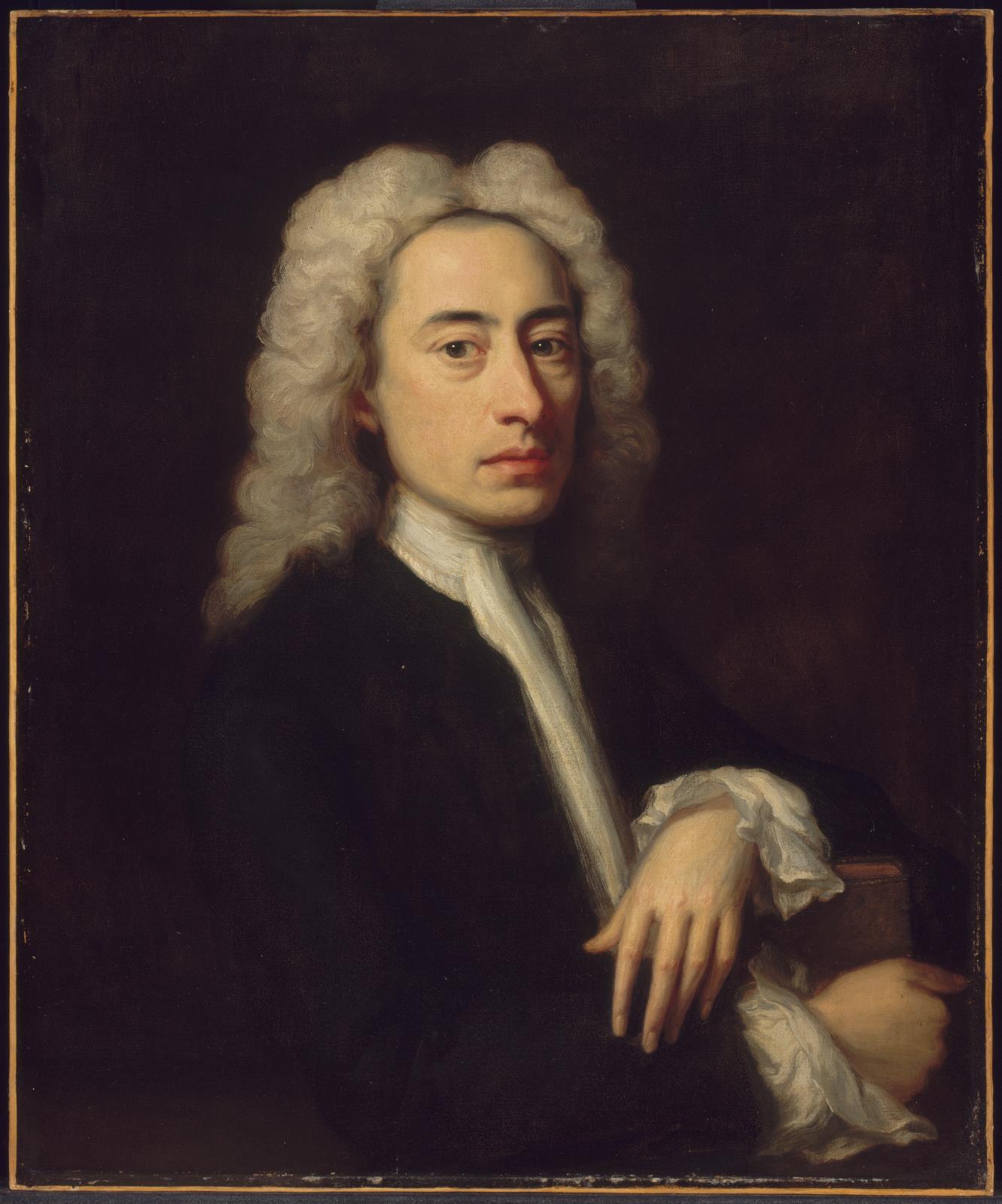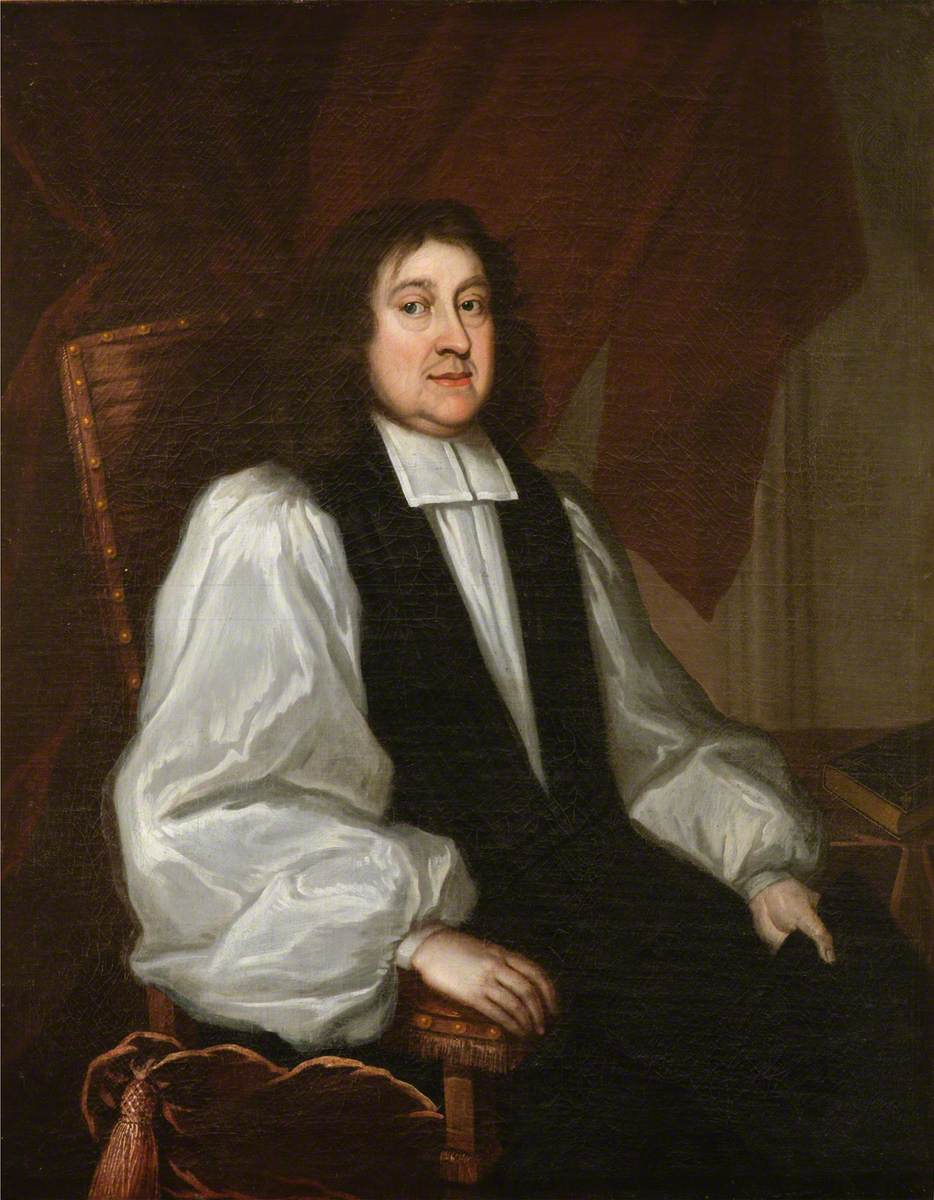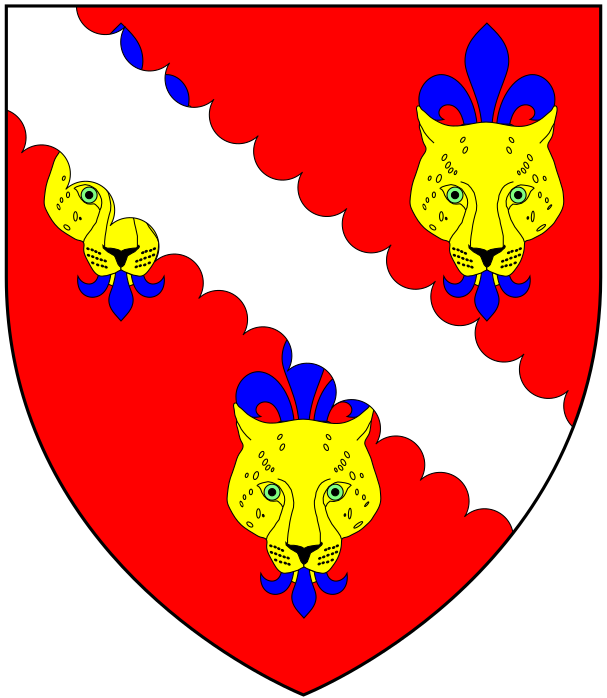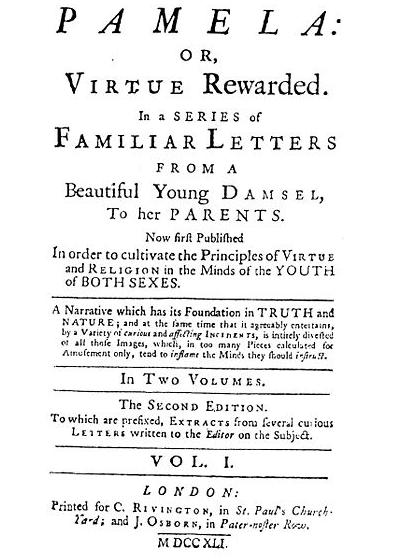|
Mary Wortley
Lady Mary Wortley Montagu (née Pierrepont; 15 May 168921 August 1762) was an English aristocrat, writer, and poet. Born in 1689, Lady Mary spent her early life in England. In 1712, Lady Mary married Edward Wortley Montagu, who later served as the British ambassador to the Sublime Porte. Lady Mary joined her husband in the Ottoman excursion, where she was to spend the next two years of her life. During her time there, Lady Mary wrote extensively on her experience as a woman in Ottoman Istanbul. After her return to England, Lady Mary devoted her attention to the upbringing of her family before dying of cancer in 1762. Lady Mary is today chiefly remembered for her letters, particularly her '' Turkish Embassy Letters'' describing her travels to the Ottoman Empire, as wife to the British ambassador to Turkey, which Billie Melman describes as "the very first example of a secular work by a woman about the Muslim Orient".Melman, Billie. ''Women's Orients: English Women and the Midd ... [...More Info...] [...Related Items...] OR: [Wikipedia] [Google] [Baidu] |
Jonathan Richardson The Younger
Jonathan Richardson (12 January 1667 – 28 May 1745), sometimes called "the Elder" to distinguish him from his son (Jonathan Richardson the Younger), was an English artist, collector of drawings and writer on art, working almost entirely as a portrait-painter in London. He was considered by some art-critics as one of the three foremost painters of his time. He was the master of Thomas Hudson and George Knapton. Richardson was even more influential as a writer; he is credited with inspiring Joshua Reynolds to paint and theorise with his book ''An Essay on the Theory of Painting''.Jonathan Richardson London – National Portrait Gallery, accessed January 2010 This book is credited with being "the first significant work of artistic theory in English." Life [...More Info...] [...Related Items...] OR: [Wikipedia] [Google] [Baidu] |
Inoculation
Inoculation is the act of implanting a pathogen or other microorganism. It may refer to methods of artificially inducing immunity against various infectious diseases, or it may be used to describe the spreading of disease, as in "self-inoculation," the spreading of disease from one part of the body to another, or even to the spreading of bacteria in a Petri dish for culturing purposes. The terms "inoculation", "vaccination", and "immunization" are often used synonymously, but there are some important differences among them. Inoculation is the act of implanting a disease inside a person or animal, vaccination is the act of implanting or giving someone a vaccine specifically, and immunization is what happens to the immune system as a result. Terminology Until the early 1800s inoculation referred only to variolation (from the Latin word ''variola'' = smallpox), the predecessor to the smallpox vaccine. The smallpox vaccine, introduced by Edward Jenner in 1796, was called cowpox ... [...More Info...] [...Related Items...] OR: [Wikipedia] [Google] [Baidu] |
Lady Mary Wortley Montagu With Her Son Edward By Jean Baptiste Vanmour
The word ''lady'' is a term for a girl or woman, with various connotations. Once used to describe only women of a high social class or status, the equivalent of lord, now it may refer to any adult woman, as gentleman can be used for men. Informal use is sometimes euphemistic ("lady of the night" for prostitute) or, in American slang, condescending in direct address (equivalent to "mister" or "man"). "Lady" is also a formal title in the United Kingdom. "Lady" is used before the family name of a woman with a title of nobility or honorary title ''suo jure'' (in her own right), or the wife of a lord, a baronet, Scottish feudal baron, laird, or a knight, and also before the first name of the daughter of a duke, marquess, or earl. Etymology The word comes from Old English '; the first part of the word is a mutated form of ', "loaf, bread", also seen in the corresponding ', "lord". The second part is usually taken to be from the root ''dig-'', "to knead", seen also in dough ... [...More Info...] [...Related Items...] OR: [Wikipedia] [Google] [Baidu] |
Gilbert Burnet
Gilbert Burnet (18 September 1643 – 17 March 1715) was a Scottish philosopher and historian, and Bishop of Salisbury. He was fluent in Dutch, French, Latin, Greek, and Hebrew. Burnet was highly respected as a cleric, a preacher, an academic, a writer and a historian. He was always closely associated with the Whig party, and was one of the few close friends in whom King William III confided. Early life: 1643–1674 Burnet was born at Edinburgh, Scotland, in 1643, the son of Robert Burnet, Lord Crimond, a Royalist and Episcopalian lawyer, who became a judge of the Court of Session, and of his second wife Rachel Johnston, daughter of James Johnston, and sister of Archibald Johnston of Warristoun, a leader of the Covenanters. His father was his first tutor until he began his studies at the University of Aberdeen, where he earned a Master of Arts in Philosophy at the age of thirteen. He studied law briefly before changing to theology. He did not enter into the ministry ... [...More Info...] [...Related Items...] OR: [Wikipedia] [Google] [Baidu] |
Thomas Tenison
Thomas Tenison (29 September 163614 December 1715) was an English church leader, Archbishop of Canterbury from 1694 until his death. During his primacy, he crowned two British monarchs. Life He was born at Cottenham, Cambridgeshire, the son and grandson of Anglican clergymen, who were both named John Tenison; his mother was Mercy Dowsing. He was educated at Norwich School, going on to Corpus Christi College, Cambridge, as a scholar on Archbishop Matthew Parker's foundation. He graduated in 1657, and was chosen fellow in 1659. For a short time he studied medicine, but in 1659 was privately ordained. As curate of St Andrew the Great, Cambridge from 1662, he set an example by his devoted attention to the sufferers from the plague. In 1667 he was presented to the living of Holywell-cum-Needingworth, Huntingdonshire, by the Earl of Manchester, to whose son he had been tutor, and in 1670 to that of St Peter Mancroft, Norwich. In 1680 he received the degree of Doctor of Divinity, an ... [...More Info...] [...Related Items...] OR: [Wikipedia] [Google] [Baidu] |
Aphra Behn
Aphra Behn (; bapt. 14 December 1640 – 16 April 1689) was an English playwright, poet, prose writer and translator from the Restoration era. As one of the first English women to earn her living by her writing, she broke cultural barriers and served as a literary role model for later generations of women authors. Rising from obscurity, she came to the notice of Charles II, who employed her as a spy in Antwerp. Upon her return to London and a probable brief stay in debtors' prison, she began writing for the stage. She belonged to a coterie of poets and famous libertines such as John Wilmot, Lord Rochester. Behn wrote under the pastoral pseudonym Astrea. During the turbulent political times of the Exclusion Crisis, she wrote an epilogue and prologue that brought her into legal trouble; she thereafter devoted most of her writing to prose genres and translations. A staunch supporter of the Stuart line, she declined an invitation from Bishop Burnet to write a welcoming ... [...More Info...] [...Related Items...] OR: [Wikipedia] [Google] [Baidu] |
Epistolary Novel
An epistolary novel is a novel written as a series of letters. The term is often extended to cover novels that intersperse documents of other kinds with the letters, most commonly diary entries and newspaper clippings, and sometimes considered to include novels composed of documents even if they don't include letters at all. More recently, epistolaries may include electronic documents such as recordings and radio, blog posts, and e-mails. The word ''epistolary'' is derived from Latin from the Greek word ἐπιστολή ''epistolē'', meaning a letter (see epistle). In German, this type of novel is known as a Briefroman. The epistolary form can add greater realism to a story, because it mimics the workings of real life. It is thus able to demonstrate differing points of view without recourse to the device of an omniscient narrator. An important strategic device in the epistolary novel for creating the impression of authenticity of the letters is the fictional editor. Early ... [...More Info...] [...Related Items...] OR: [Wikipedia] [Google] [Baidu] |
Dryden
'' John Dryden (; – ) was an English poet, literary critic, translator, and playwright who in 1668 was appointed England's first Poet Laureate. He is seen as dominating the literary life of Restoration England to such a point that the period came to be known in literary circles as the Age of Dryden. Romanticist writer Sir Walter Scott called him "Glorious John". Early life Dryden was born in the village rectory of Aldwincle near Thrapston in Northamptonshire, where his maternal grandfather was the rector of All Saints. He was the eldest of fourteen children born to Erasmus Dryden and wife Mary Pickering, paternal grandson of Sir Erasmus Dryden, 1st Barone t (1553–1632), and wife Frances Wilkes, Puritan landowning gentry who supported the Puritan cause and Parliament. He was a second cousin once removed of Jonathan Swift. As a boy, Dryden lived in the nearby village of Titchmarsh, where it is likely that he received his first education. In 1644 he was sent to Westmins ... [...More Info...] [...Related Items...] OR: [Wikipedia] [Google] [Baidu] |
Latin
Latin (, or , ) is a classical language belonging to the Italic branch of the Indo-European languages. Latin was originally a dialect spoken in the lower Tiber area (then known as Latium) around present-day Rome, but through the power of the Roman Republic it became the dominant language in the Italian region and subsequently throughout the Roman Empire. Even after the fall of Western Rome, Latin remained the common language of international communication, science, scholarship and academia in Europe until well into the 18th century, when other regional vernaculars (including its own descendants, the Romance languages) supplanted it in common academic and political usage, and it eventually became a dead language in the modern linguistic definition. Latin is a highly inflected language, with three distinct genders (masculine, feminine, and neuter), six or seven noun cases (nominative, accusative, genitive, dative, ablative, and vocative), five declensions, four verb conjug ... [...More Info...] [...Related Items...] OR: [Wikipedia] [Google] [Baidu] |
Kit-Cat Club
The Kit-Cat Club (sometimes Kit Kat Club) was an early 18th-century English club in London with strong political and literary associations. Members of the club were committed Whigs. They met at the Trumpet tavern in London and at Water Oakley in the Berkshire countryside. The first meetings were held at a tavern in Shire Lane (parallel with Bell Yard and now covered by the Royal Courts of Justice) run by an innkeeper called Christopher Catt. He gave his name to the mutton pies known as "Kit Cats" from which the name of the club is derived. The club later moved to the Fountain Tavern on The Strand (now the site of Simpson's-in-the-Strand), and latterly into a room specially built for the purpose at Barn Elms, the home of the secretary Jacob Tonson. In summer, the club met at the Upper Flask, Hampstead Heath. Origins The origin of the name "Kit-Cat Club" is unclear. In 1705 Thomas Hearne wrote: "The Kit Cat Club got its name from Christopher Catling. ote, a Pudding P ... [...More Info...] [...Related Items...] OR: [Wikipedia] [Google] [Baidu] |
William Feilding, 3rd Earl Of Denbigh
William Feilding, 3rd Earl of Denbigh, 2nd Earl of Desmond (29 December 1640 – 23 August 1685) was an aristocrat in the Peerage of England. He was the son of George Feilding, 1st Earl of Desmond, and his wife, the former Bridget Stanhope, daughter of Sir Michael Stanhope. Feilding inherited the title of Earl of Denbigh from his paternal uncle Basil Feilding, 2nd Earl of Denbigh, who died without heirs in 1675. He married, firstly, Mary King (died 1669), daughter of Sir Robert King and Frances Folliott, daughter of Henry Folliott, 1st Baron Folliott and Anne Strode, and widow of Sir William Meredyth. Secondly, he married Lady Mary Carey, daughter of Henry Carey, 2nd Earl of Monmouth. He died on 23 August 1685 at age 44. By his first wife, Mary King, Feilding had the following children: *Lady Mary Feilding (c. 1668 – c. December 1697), who married Evelyn Pierrepont, 1st Duke of Kingston-upon-Hull, and had children.G.E. Cokayne; with Vicary Gibbs, H.A. Doubleday, Geo ... [...More Info...] [...Related Items...] OR: [Wikipedia] [Google] [Baidu] |
Oxford University Press
Oxford University Press (OUP) is the university press of the University of Oxford. It is the largest university press in the world, and its printing history dates back to the 1480s. Having been officially granted the legal right to print books by decree in 1586, it is the second oldest university press after Cambridge University Press. It is a department of the University of Oxford and is governed by a group of 15 academics known as the Delegates of the Press, who are appointed by the vice-chancellor of the University of Oxford. The Delegates of the Press are led by the Secretary to the Delegates, who serves as OUP's chief executive and as its major representative on other university bodies. Oxford University Press has had a similar governance structure since the 17th century. The press is located on Walton Street, Oxford, opposite Somerville College, in the inner suburb of Jericho. For the last 500 years, OUP has primarily focused on the publication of pedagogical texts an ... [...More Info...] [...Related Items...] OR: [Wikipedia] [Google] [Baidu] |










.jpg)